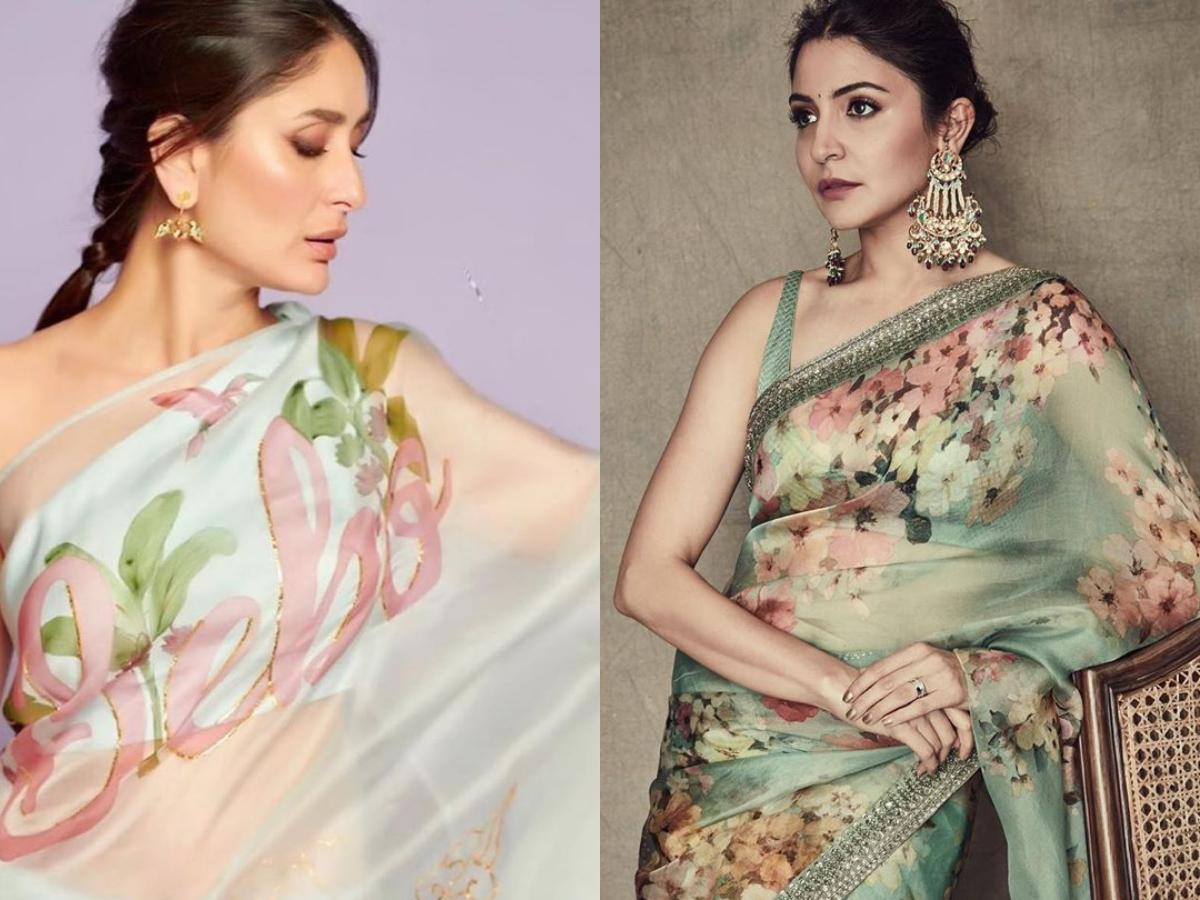The love affair between Bollywood and sarees is known to all, in fact, it began with the conceptualization of the Indian film industry itself. The portrayal of sarees in Bollywood has captured the hearts and imaginations of generations over the years. The on-screen actress and saree chemistry have been an inspiration not just for common people but also for designers, which is very obvious from the coming back of older trends and styles from the 80s and 90s. Here is a flashback to the Bollywood-saree love affair journey:
Mid 19th Century
The Mid 19th century was the era when films had taken a gradual shift from mythology and classics to the theme of love. Actresses were pictured as pleasing young ladies that stole all hearts. Actresses like Nargis, Waheeda Rehman, etc. were shown wearing elegant, perfectly pleated, crisply-draped sarees keeping up with the classic trends of the time.
The 60s
The 60s was the decade of glamour and style-evolution entering Bollywood. With the influence of Bengali cinema and the popularisation of stars like Meena Kumari, it was the era of tightly wound sarees of Sadhna and the extravagance as portrayed by Meena Kumari. Those were the days when experimenting with styles had truly gushed in with Mumtaz’s iconic orange saree in the Movie Brahmachari, and many more such statement saree styles.
The 90s
Gone were the days of monotone weaves and dark colours, the bold glamorous prints and bold colours were the order of the day. It was the era when Yash Chopra came in with his love stories and romance tales. Actresses in his movies were portrayed with the perfect balance of exotic glam and grace, opaque silk sarees made their way and fluid single coloured sarees came to slay.
The late 90s and the early 2000s
It was the arena when the Indian women were spreading their aura all around, the crowns of Miss World and Miss Universe were won and the bold side of the Indian women took over. The reimagination of sarees was at its peak, be it Madhuri Dixit’s backless blouse or Raveena Tandon’s ruffled sleeve yellow blouse, Indian fashion was revolutionising with its very own ethnic favourite. The saree colour palette was completely updated to the boldest shades and the silk sarees made way for the transparent fabrics paired with revealing blouses.
Sarees after 2010 and Beyond
The elegance of the saree was now paired with tinsel and glitter to make it a glamorous ensemble. Deepika’s low back, disco cocktail saree in Yeh Jawani hai Deewani and Katrina’s Koli Kashta in Agneepath had transformed the face of Indian Saree from just traditional wear to an attire that could do it all from portraying royalty to raising the glamour bar.
The sarees have truly set themselves and made a mark of being the most covered outfit in Bollywood. From one avatar to the other, it has now become a versatile piece of clothing that not just matches the grandeur of special occasions but also portrays women at their finest. Bollywood has also been a factor that has popularised and revamped other Indian outfits like Salwar Kameez and Lehenga Choli.


